This condition is not as bad as it sounds. Cradle cap is a common skin condition that is usually found in infants, and sometimes in toddlers.
Cradle cap presents itself as a thick, yellow crust on the scalp of the baby. It is not itchy, not painful, and it clears by itself after a few months. It is also not contagious, and it is definitely not caused by poor hygiene, in spite of what it is usually believed.
Cradle caps do not affect the health of babies, but parents usually want to remove the crust. It can also appear in the baby’s eyebrows. They do not appear on the face or body – so make sure you get that checked out by your doctor if you see similar symptoms on other body parts.
What are the symptoms?
Your baby will present yellow, greasy scales or flakes on the scalp or on the eyebrows. There could also be the reddening of the skin – this happens due to eczema that’s developing underneath the cradle cap.
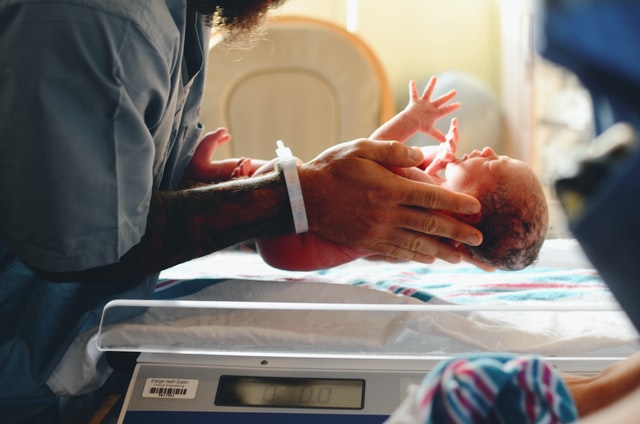
What are the causes?
Cradle cap is a form of dermatitis. It causes inflammation of the oil glands (the sebaceous glands). This is called seborrhoeic dermatitis. Babies are born with active sebaceous glands. After the baby reaches three months old, the sebaceous glands become inactive until puberty.
The skin under the crusts of the cradle cap can sometimes become infected. Cradle cap is caused by the staphylococcus aureus bacteria. This is the very same germ that causes impetigo.
It can be helpful for your little one to apply a moisturising cream to the scalp at night. The following day, you should wash the hair and the scalp the next morning and lift the crust with a soft brush.











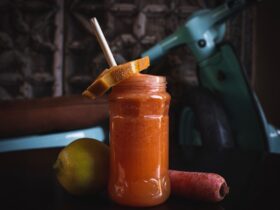
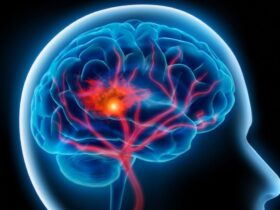



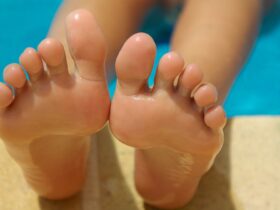



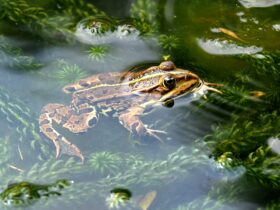

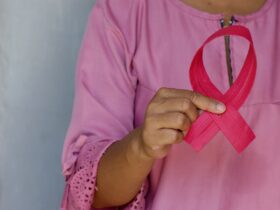
Leave a Reply